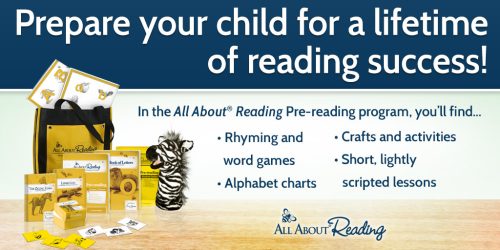Stuffed animals hold such a special place in our hearts, don’t they? From the soft, worn teddy bear I clung to as a little girl to the pink bunny my daughter carried everywhere when she was little, these cuddly companions have been with us for generations. They’re so much more than just toys, they’re sources of comfort, sparks for creativity, and vital parts of a child’s development.

When I think back to my childhood, I can almost feel the softness of my teddy bear, smell that familiar scent of its fur, and remember the incredible sense of security it gave me. That bear wasn’t just a toy, it was my confidant, my partner in countless imaginary adventures, and my go-to comfort during stormy nights.
Kids today find the same kind of comfort in their stuffed animals. These plush friends offer security and comfort, especially during new or challenging experiences. Whether it’s starting preschool, sleeping in their own room for the first time, or visiting the doctor, having a familiar stuffy can make all the difference.
Let’s chat about the many roles these cuddly friends play in our child’s growth. I’ll also share some tips on choosing the perfect stuffed animal for your little one.
Contents
Emotional Comfort and Security
For many children, a stuffed animal is a source of comfort. It’s the friend who is always there. The one who listens without judgment. This emotional support helps children feel safe and secure, especially during times of change or stress. Hugging a soft, familiar friend can ease fears and help kids feel calm and safe.
Encouraging Imaginative Play
Stuffed toys are wonderful tools for imaginative play. Children can create entire worlds and adventures with their stuffys. Whether they’re hosting a tea party or going on a jungle safari, these scenarios help kids develop their creativity. Imaginative play is crucial for cognitive development. Stuffed toys are perfect partners in this creative process.
Developing Social Skills
Playing with them also helps children develop social skills. They learn to share, take turns, and express empathy. By acting out different scenarios, kids practice how to interact with others. This role-playing can translate to better social interactions in real life. They learn to care for others and understand different perspectives.
Enhancing Cognitive Development
They can aid in cognitive development too. Children who play pretend play develop problem-solving skills and logical thinking. Figuring out how to rescue a toy from an imaginary river or set up a perfect picnic requires planning and decision-making. These activities build a foundation for future learning and critical thinking.
Supporting Language and Communication Skills
Talking to these toys can improve a child’s language and communication skills. When kids tell stories to their plush friends, they practice vocabulary, sentence structure, and storytelling. This verbal interaction is especially beneficial for shy children, providing a safe space to express themselves and develop their communication abilities.
Building Fine Motor Skills
Handling and dressing toys helps children develop fine motor skills. Buttoning a doll’s clothes, tying a ribbon around a teddy bear, or arranging a toy tea set requires dexterity and coordination. These activities strengthen hand-eye coordination and prepare kids for more complex tasks in the future.
Fostering Emotional Expression
Stuffed toys can be a child’s first confidant. Kids often express their feelings to their stuffys. This helps them process big emotions in a safe way. Whether they are happy, sad, or scared, children find comfort in sharing their feelings with their toys. This practice of emotional expression is crucial for mental health and emotional well-being.
Tips for Choosing the Perfect Stuffed Toys
Choosing the right toys is important. Look for soft, washable materials that are safe for your child’s age. Avoid toys with small parts. They can be a choking hazard. Consider your child’s interests – do they love animals, characters, or mythical creatures? Pick a size that’s easy for them to handle and cuddle. Most importantly, choose one that feels good to touch and hold. Your child’s new friend should be comforting and inviting.
A stuffed animal is so much more than just a toy. They are comforters, playmates, and teachers all rolled into one. They support emotional and cognitive development, spark creativity, and help build essential skills. Watching my child snuggle up with their favorite stuffed friend is incredibly comforting to me as a mom. Knowing that they find so much solace and joy in their cuddly companion warms my heart and reassures me that they have a source of comfort and security whenever they need it. So next time you see your little one snuggling their favorite stuffed friend, remember all the peace and love wrapped up in that cozy bundle.
For more homeschooling inspiration, tips and encouragement, make sure to follow KFH on Facebook, Pinterest, Instagram and Twitter, and subscribe to our Newsletter for some FREE GOODIES!
Forest Rose is a God Loving, Blessed Wife, & Mama to 3 girls. She’s passionate about lifting moms out of the trenches that are discouraged, overwhelmed, or feeling alone or isolated. Her hope is to point them to Christ and equip them to rise up with a newfound hope and joy within, that He alone can provide. Besides blogging, she also loves to create printables!



Leave a Reply